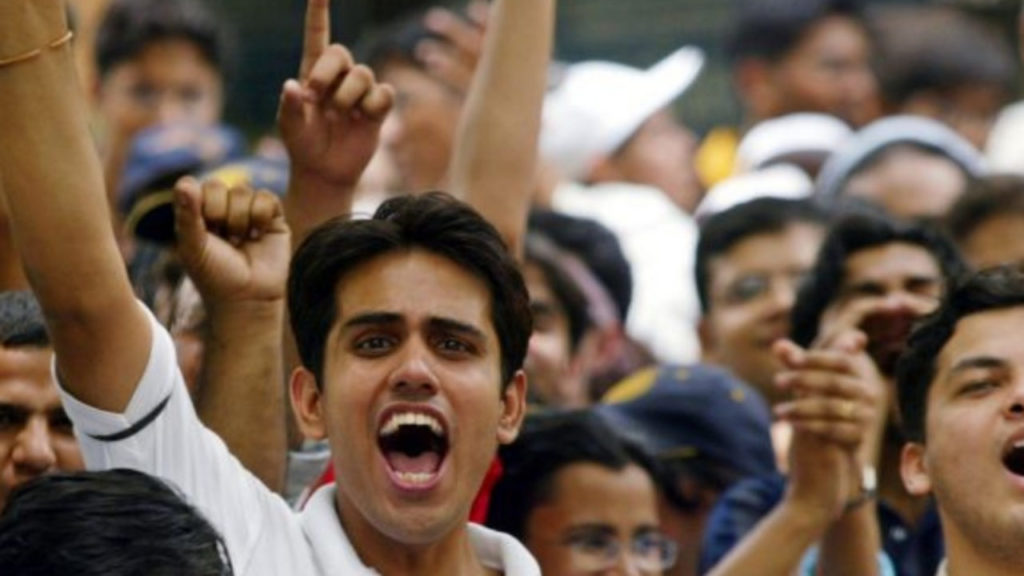The Economic Survey 2023-24 reveals a stark reality: only 51.25% of Indian graduates are considered employable. This highlights a significant skills gap, despite an improvement from the previous decade’s figure of 34%. The survey, presented in Parliament on July 22, 2024, underscores the critical need for enhanced vocational training and skill development.

The Demographic Dividend and Skills Gap
India, with one of the youngest populations in the world and a median age of 28, has the potential to harness a substantial demographic dividend. However, this potential remains largely untapped due to a mismatch between educational outcomes and market needs. While 65% of the population is under the age of 35, many lack the skills required to support the government’s ambitious economic goals, such as achieving a $5 trillion economy by 2025.
Youth Unemployment Trends
Despite the employability crisis, there has been a notable decline in the youth unemployment rate. According to the Periodic Labour Force Survey (PLFS), the rate for those aged 15 to 29 dropped from 17.8% in 2017-18 to 10% in 2022-23. Data from the Employees’ Provident Fund Organisation (EPFO) supports this trend, indicating increased youth employment. However, the unemployment rate for youth aged 20-24 soared to 44.49% in early 2024, highlighting persistent challenges.
Barriers to Skill Development
The report from the skill development ministry for 2022-23 sheds light on the low uptake of formal vocational training among the employable age group (15 to 59 years). Only 2.2% received formal vocational training, and 8.6% received non-formal training, according to NSSO’s 2011-12 survey. Public perception issues and a lack of robust coordination across ministries and departments hamper the effectiveness of skill development programs.
Rising Female Labour Force Participation
One positive trend highlighted in the Economic Survey is the increase in female labour force participation. Over the past six years, rural female labour force participation rose by 16.9%, indicating a growing contribution of women to rural production and a shift towards self-employment. This trend is a significant boost for employment, particularly in rural areas.
The Need for Improved Skill Development
The educational system in India often fails to equip students with the necessary skills for the job market. Societal norms and stereotypes further limit career options for the youth. Government initiatives like the National Skill Development Corporation and the Pradhan Mantri Kaushal Vikas Yojana aim to address these issues. However, the effectiveness of these programs remains uncertain as the country struggles to create enough job opportunities for the annual influx of new entrants into the workforce.
Conclusion
The Economic Survey 2023-24 highlights the urgent need for a coordinated and effective skill development ecosystem to improve employability among Indian graduates. While there are positive trends in employment and female labour force participation, significant challenges remain in bridging the skills gap and ensuring that the young population can contribute meaningfully to the economy.













